So the first stop of my tour of Andalucia was here in Malaga. My last visit was with my parents as a teenager. No offence to this amazing city, but I have to confess that all I could recall was that there was a giant cathedral and bizarrely that it was not finished despite 200 years of building, and guess what? It is still not complete.
And below, there it is: the unfinished cathedral with only one of its intended towers (second in height only to the Giralda in Seville) but from this angle, of course, you'd never know. Building started in 1528 and in the 1700s was funded by excise duties on ships calling at the port.
Eventually the money was needed elsewhere, so that was the end of that.
Entertainment
The city bullring (below), unlike the cathedral, did get finished so that gives you some idea of priorities. Opened in 1876, it still hosts bullfights today, including a special event during Easter Week where bullfighters dress in Picasso-themed costumes. It wasn't Easter week when I was there, so no photos to prove it, sadly.
Next up is the Roman amphitheatre only discovered in 1951 after being hidden for centuries under other buildings.
The Teatro Cervantes, finished about 20 years after the bullring in 1897, with its vivid yellow exterior, is well used throughout the year and also plays a central role in the annual Festival of Malaga.

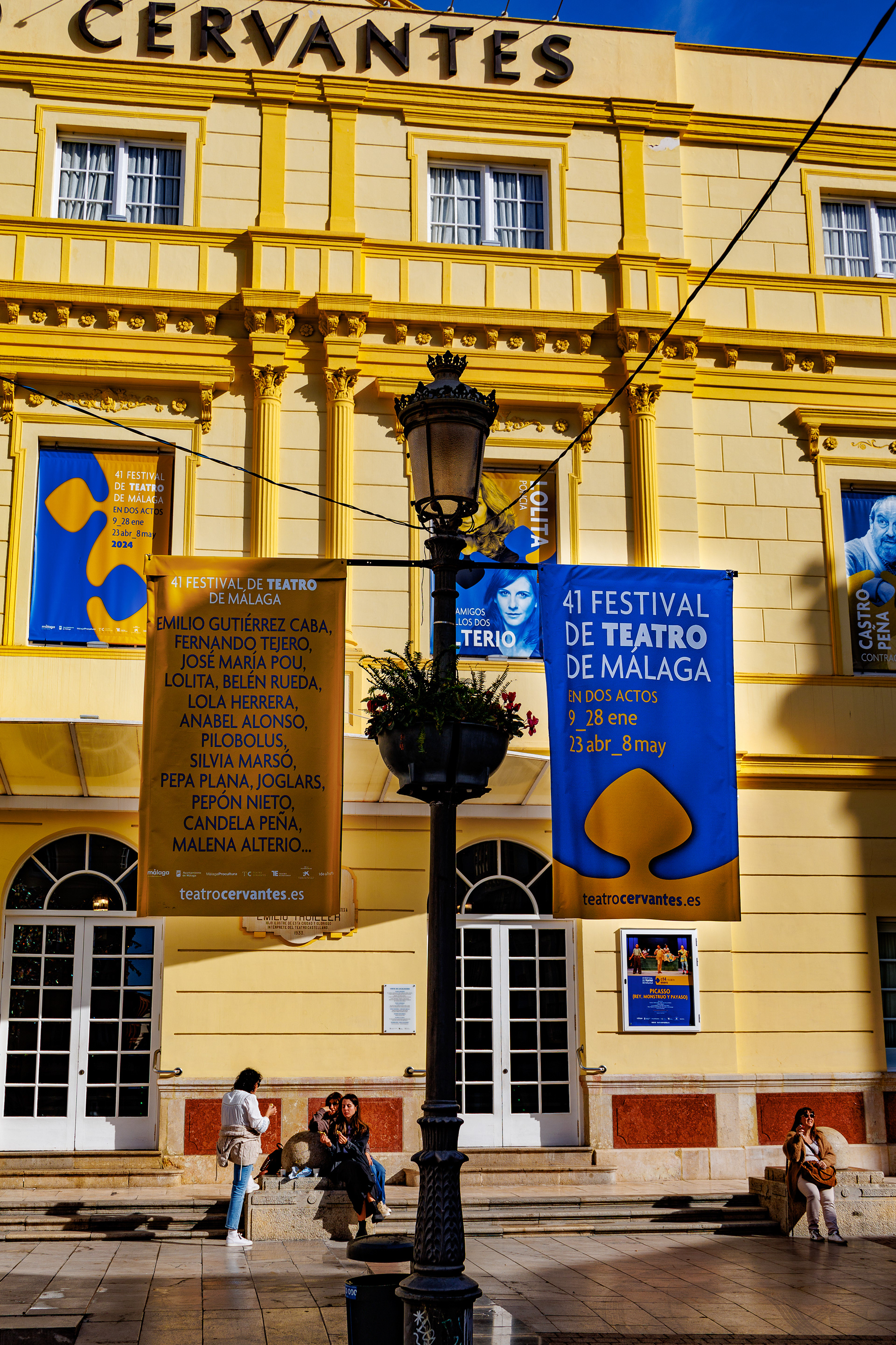
A colourful city
Every corner I turn in Malaga serves up a different surprise, whether it is a church tucked tightly between neighbouring houses, an unusual array of colours of houses, balconies - even guttering, or floral displays.

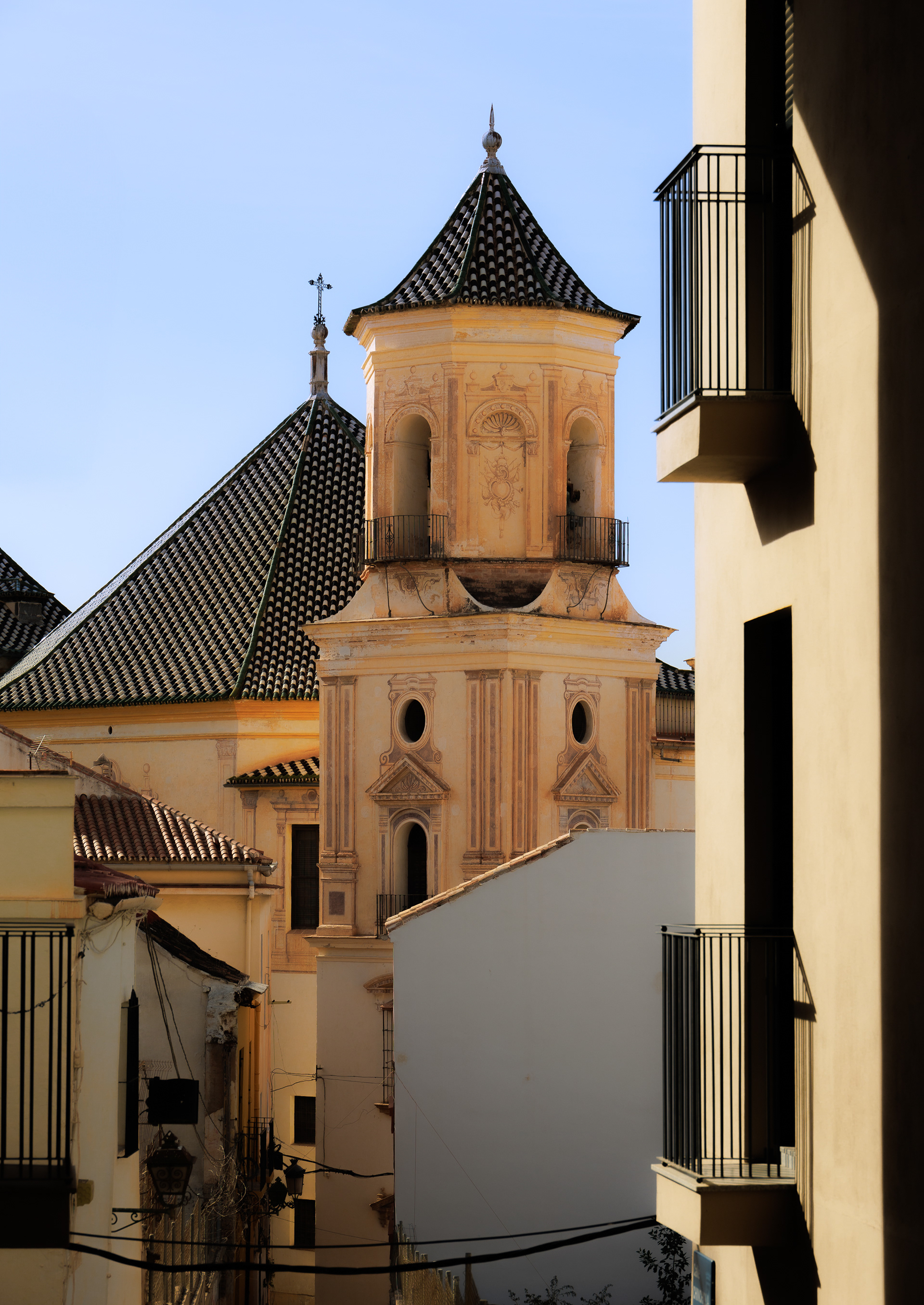
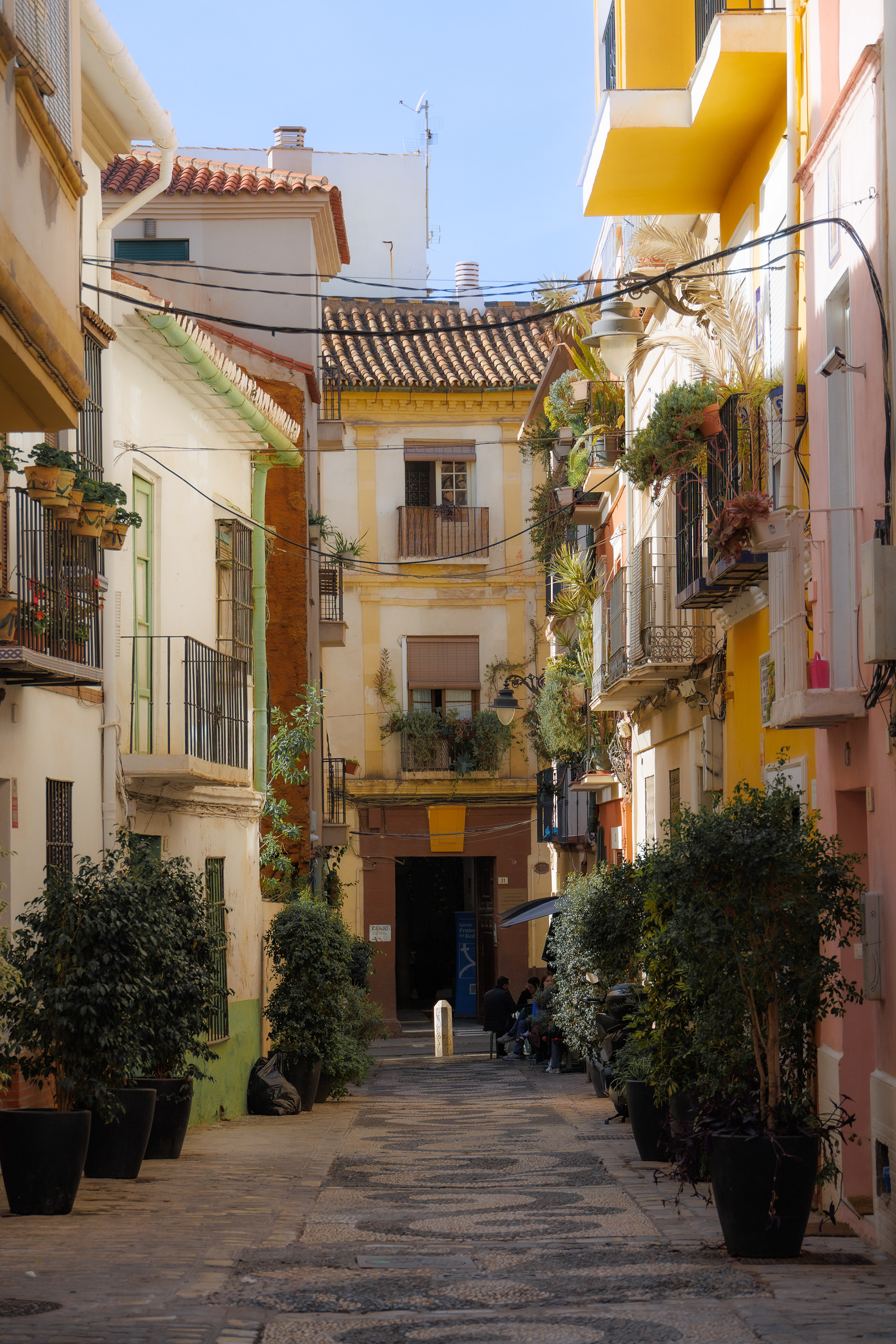
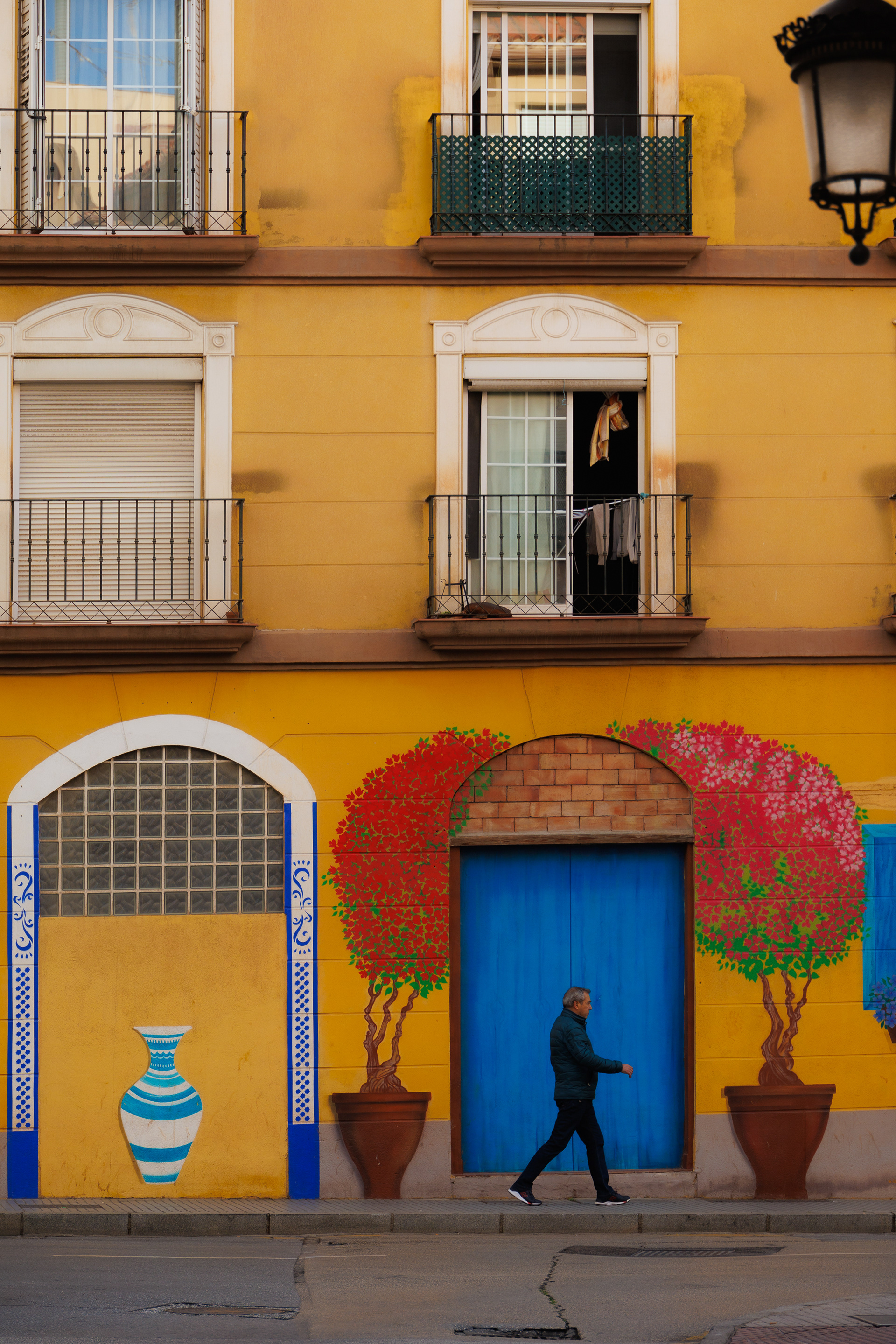
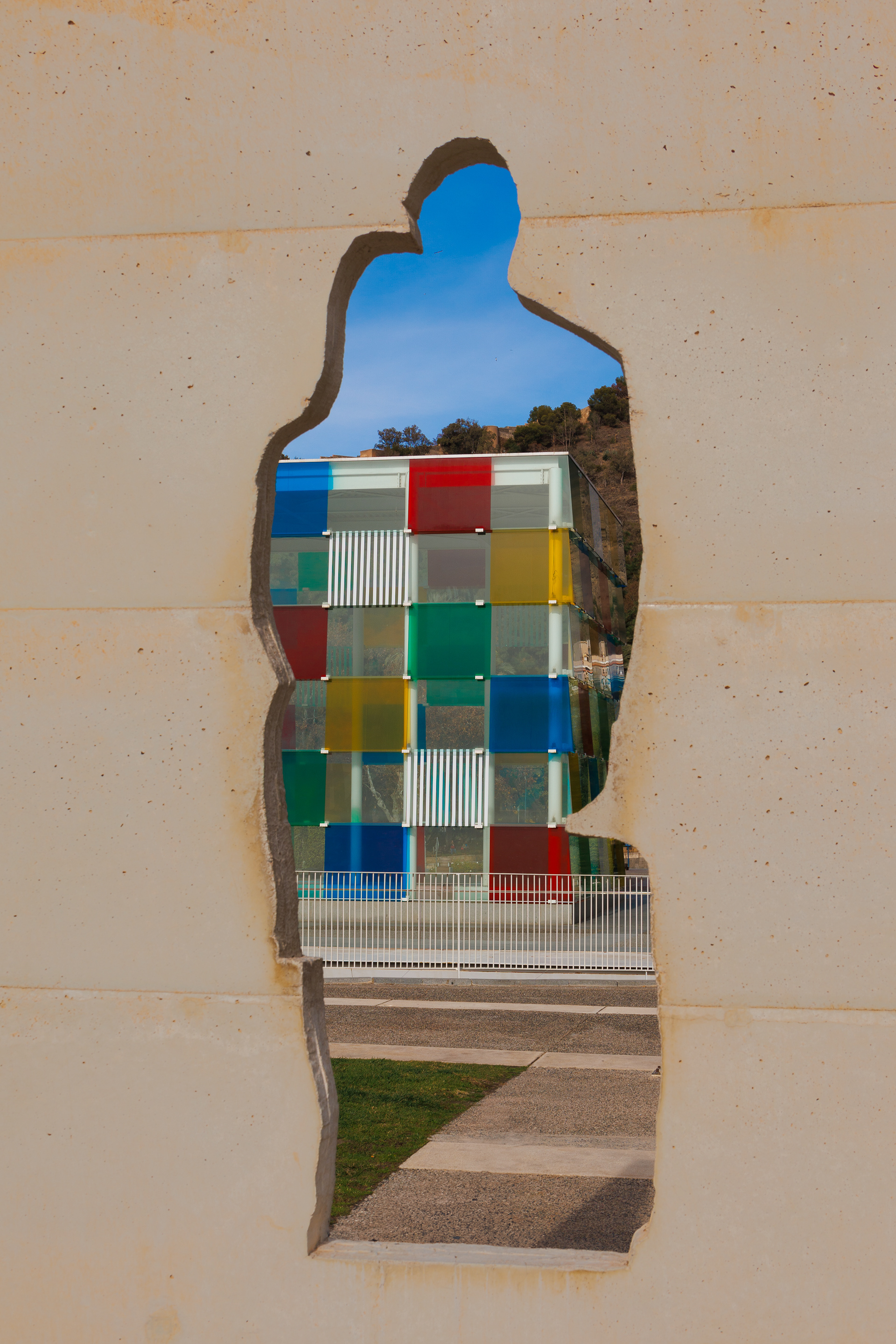
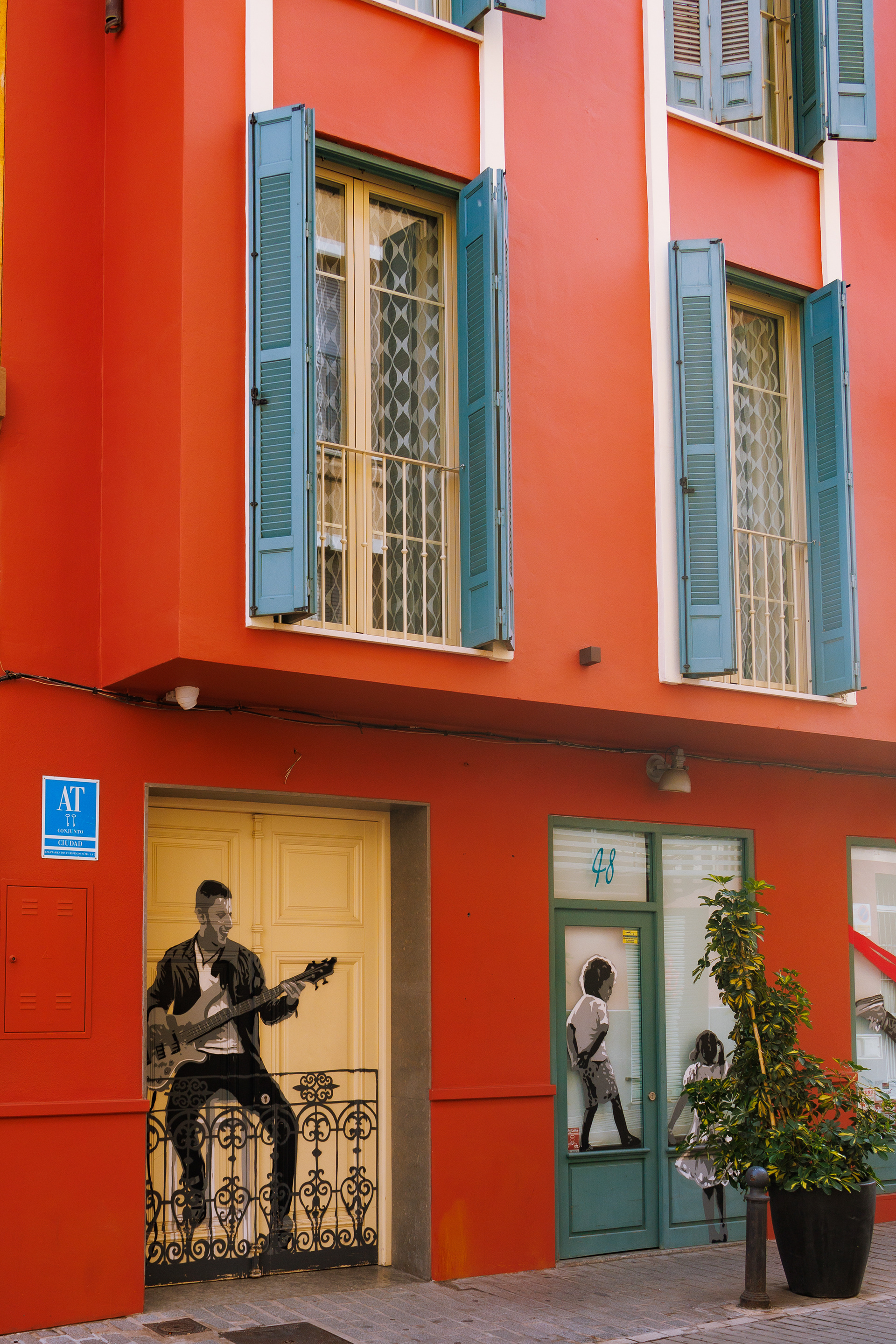
The Alcazaba
The Alcazaba is a palatial fortress built during the period of Muslim ruled Andalus. It is truly astonishing: some of it dating from the 11th century, its state of preservation is nothing less than miraculous, and, quite simply, it is beautiful!
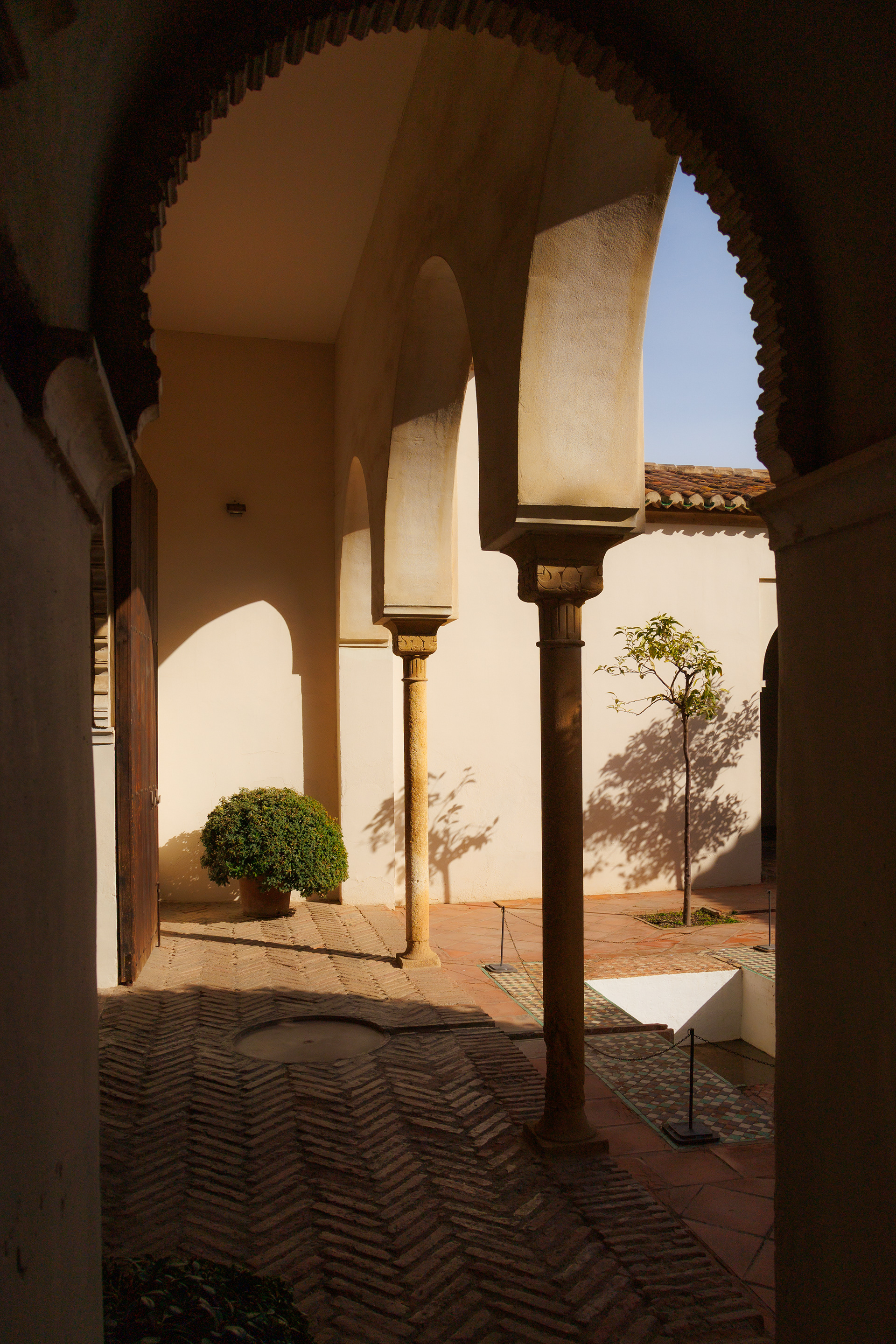

Sunset FRom the castillo
I shall always remember the sunset over the port, just as I shall likely not forget the somewhat strenuous climb up to the Castillo in order to capture it!
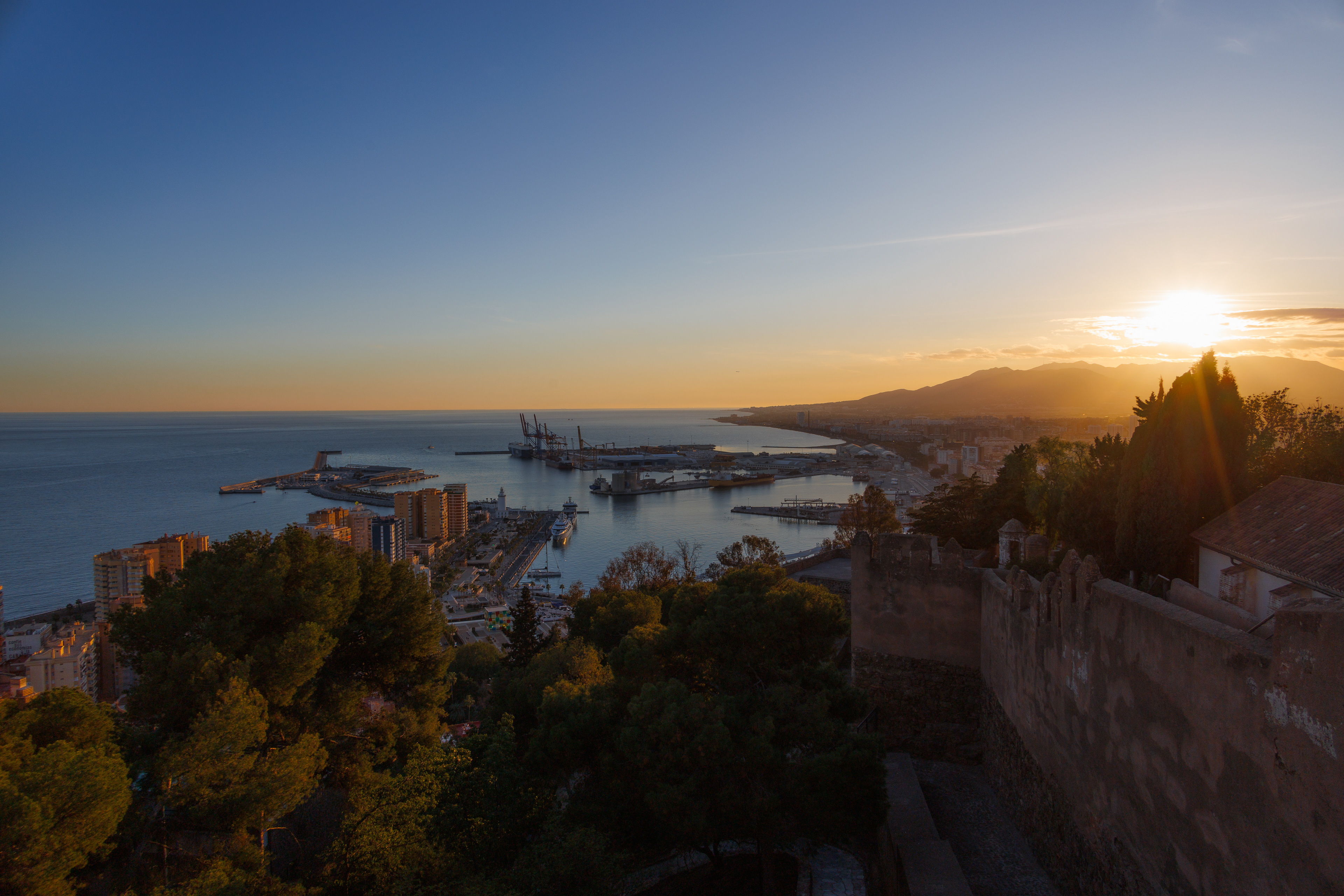
Malaga after dark
At night, Malaga was a delightful city to walk around; being January, the main street (Calle Larios) was still adorned with the most expansive Christmas lights I have ever seen. Elsewhere cafes, restaurants and shops were warmly lit and inviting.

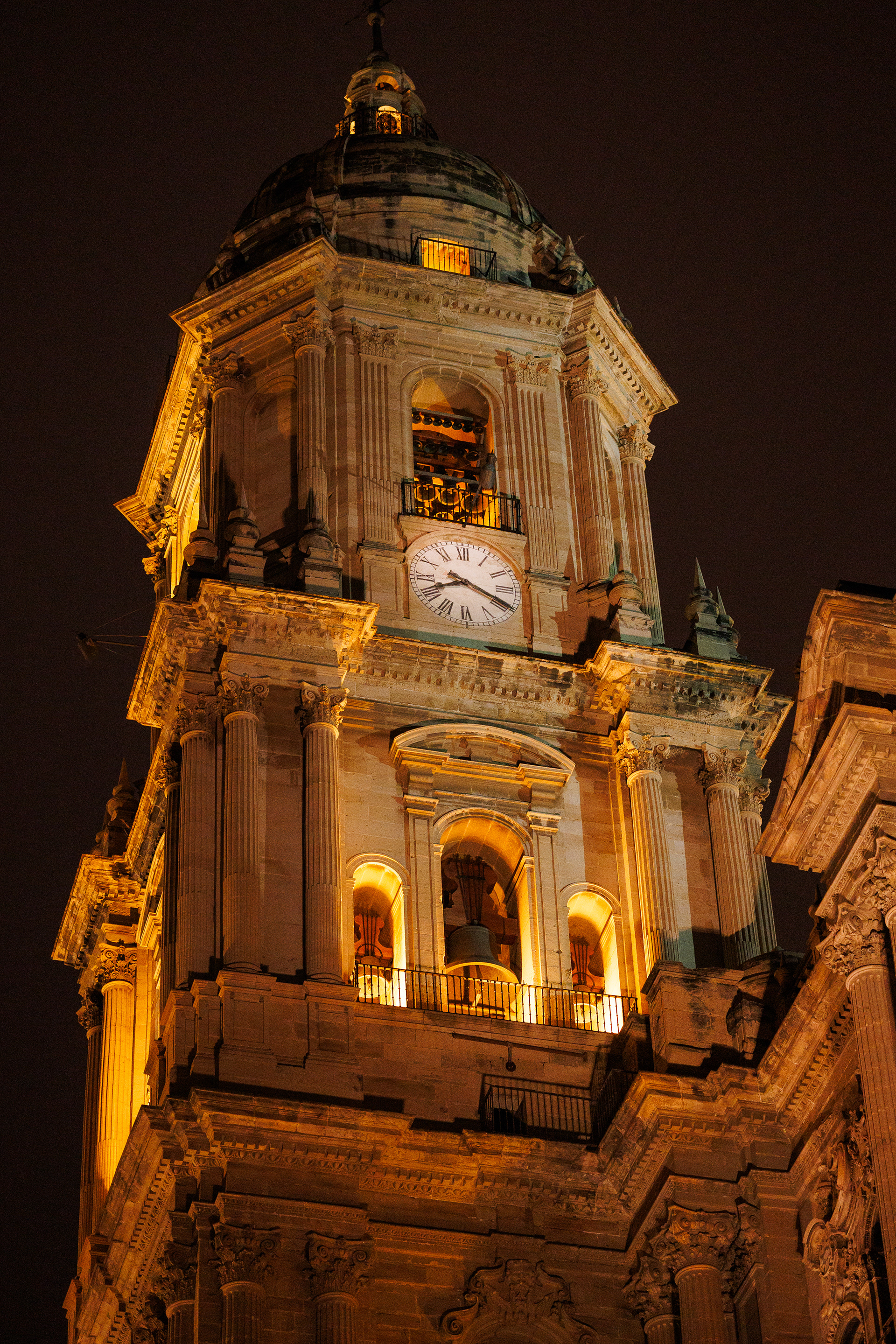

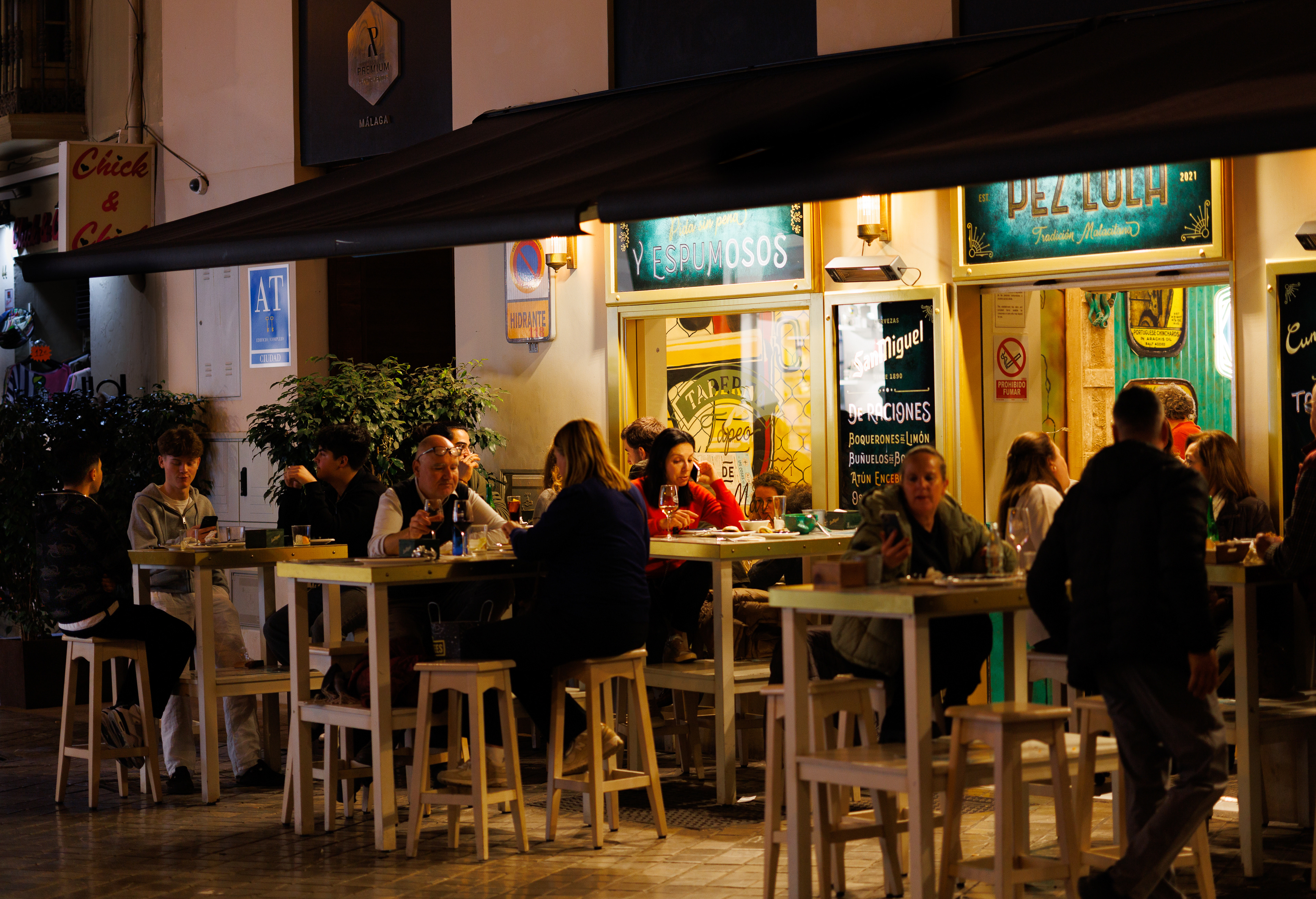
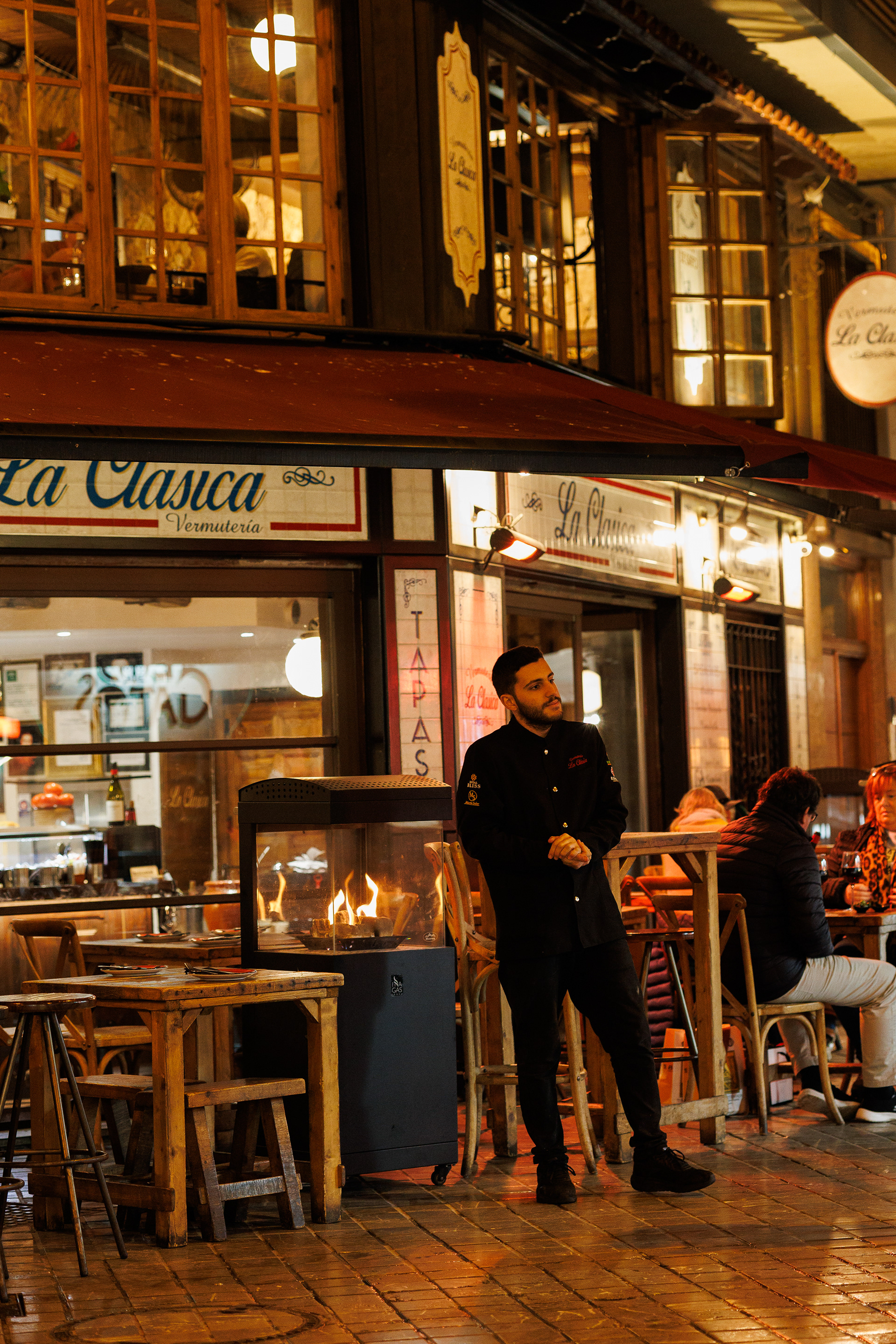
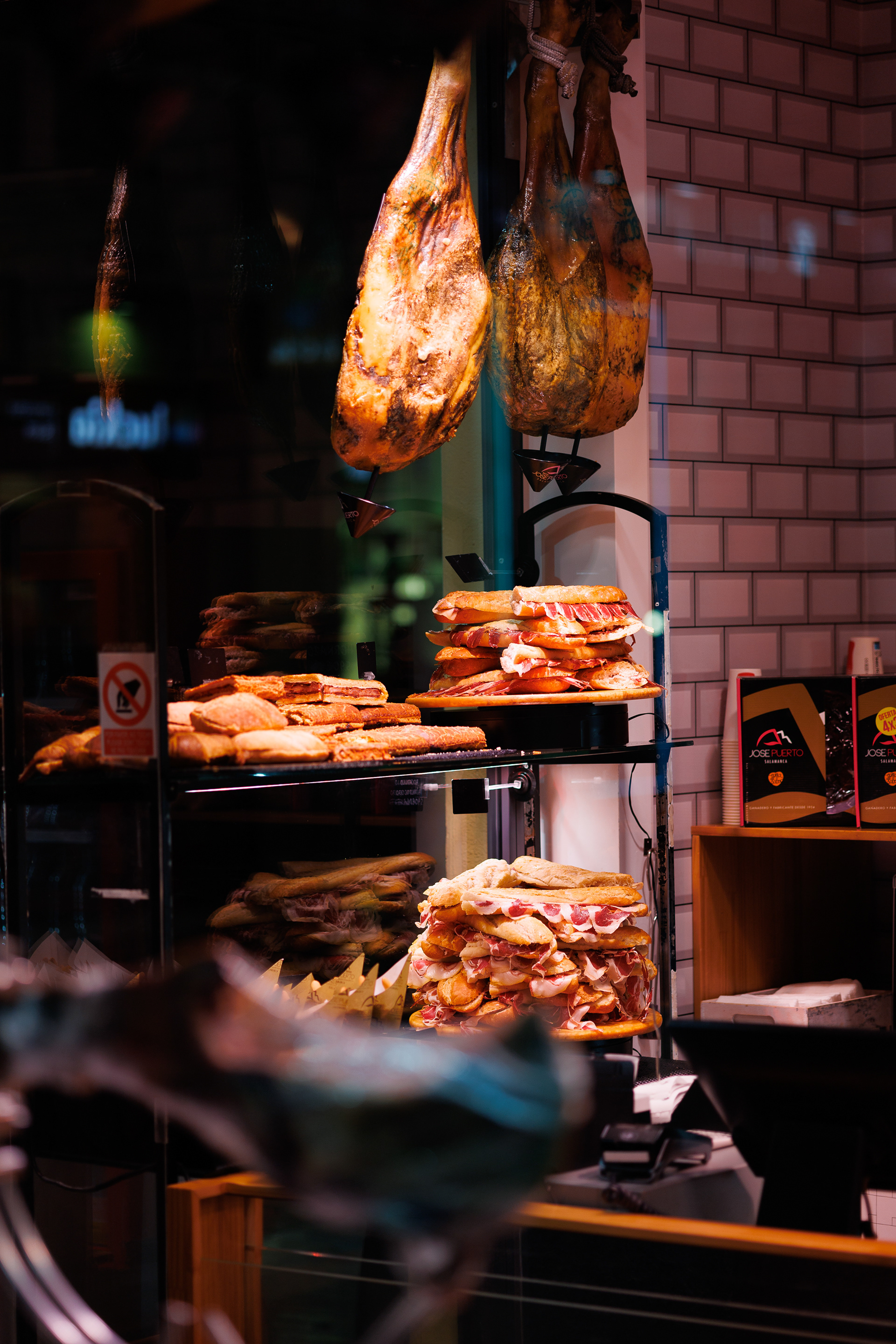
La Térmica
La Térmica is somewhat off the beaten track but it looked interesting from an architectural point of view. Now a cultural hub housing all manner of activities from performing arts to fashion, it was originally built over 100 years ago as an orphanage and then in turn a hospital, sanatorium and educational facility. Its long, wide corridors with ornately tiled floors and walls do give the place an "institutional" air.
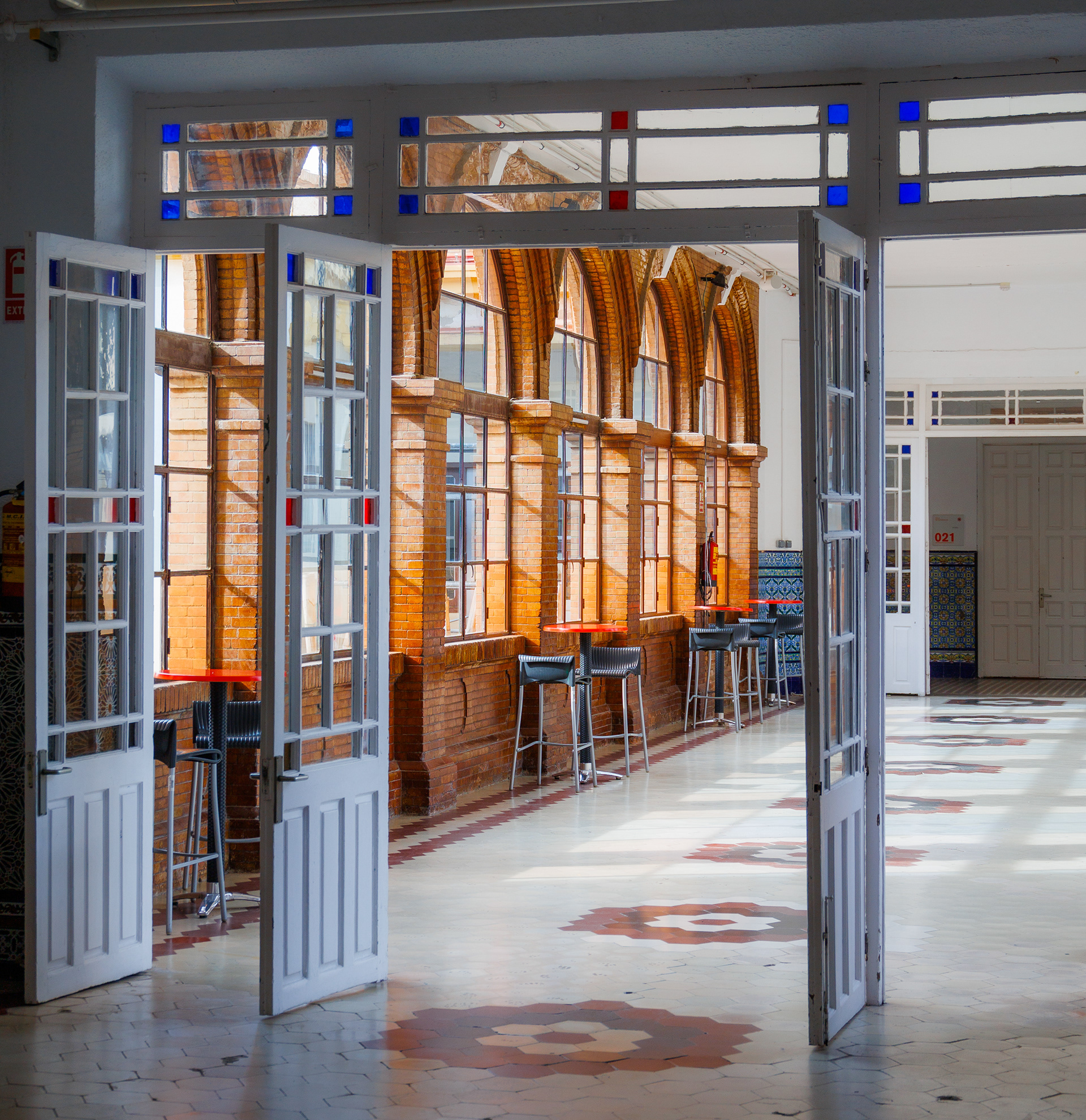

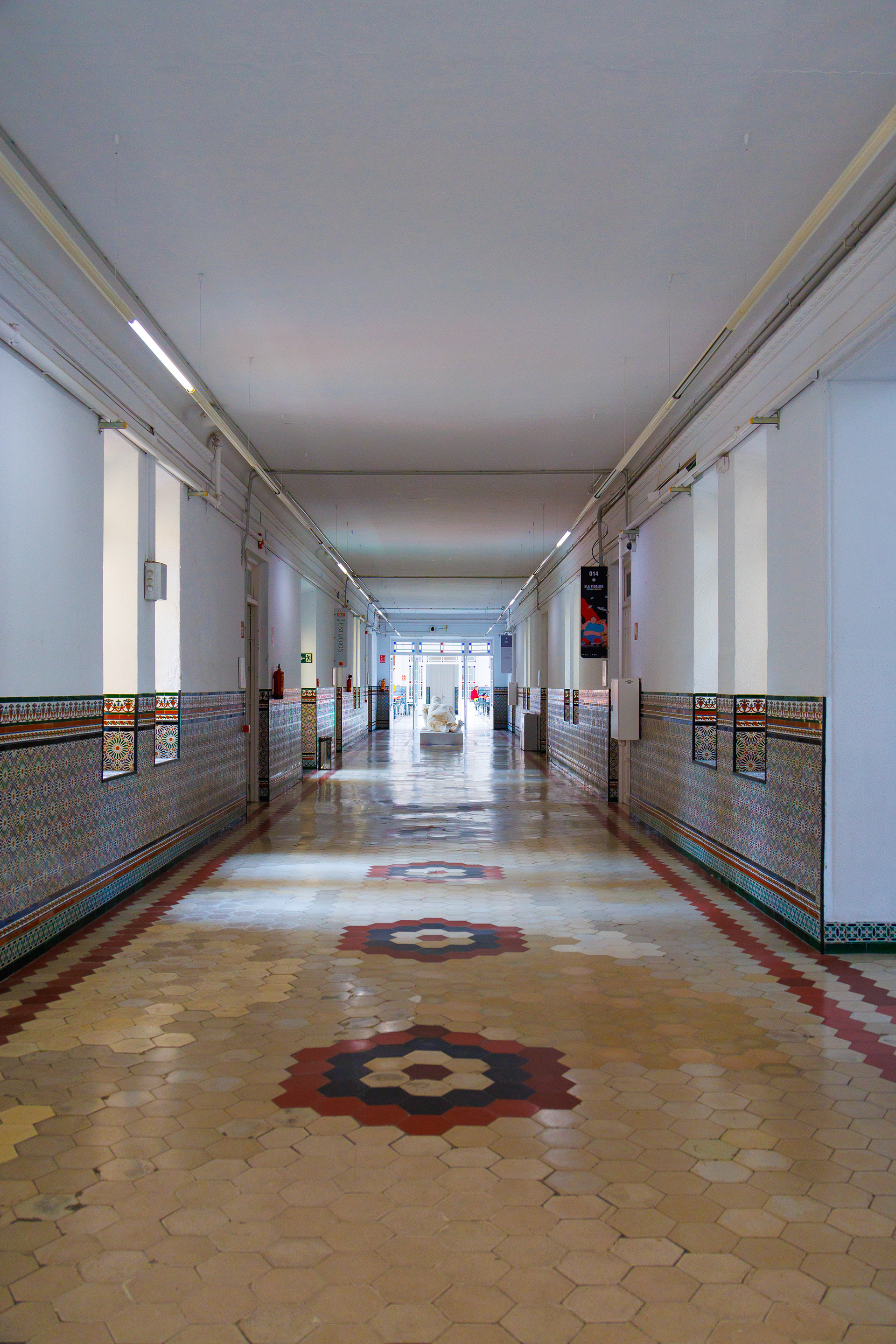
Picasso
Malaga was the birthplace of Pablo Picasso and where he lived until he was about 10 years old and there is a small museum dedicated to his legacy.
There is a permanent collection on display of around 100 works, such as Portrait of a Bearded Man, Three Graces and Composition with a skull and Three Graces shown below and a largish number of works which are on loan from elsewhere. Although outshone by the Picasso museum in Barcelona, it is definitely worth a visit.
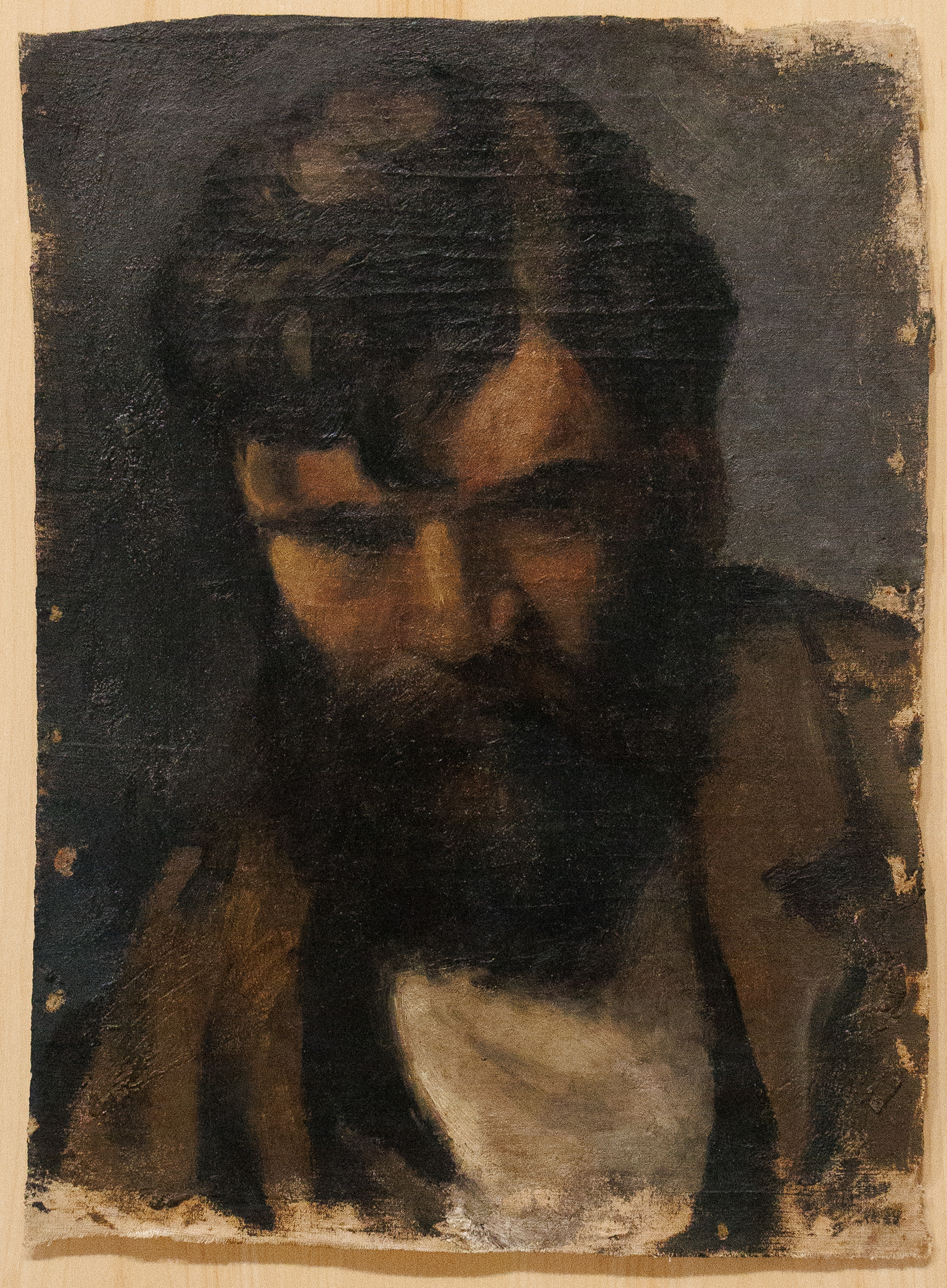
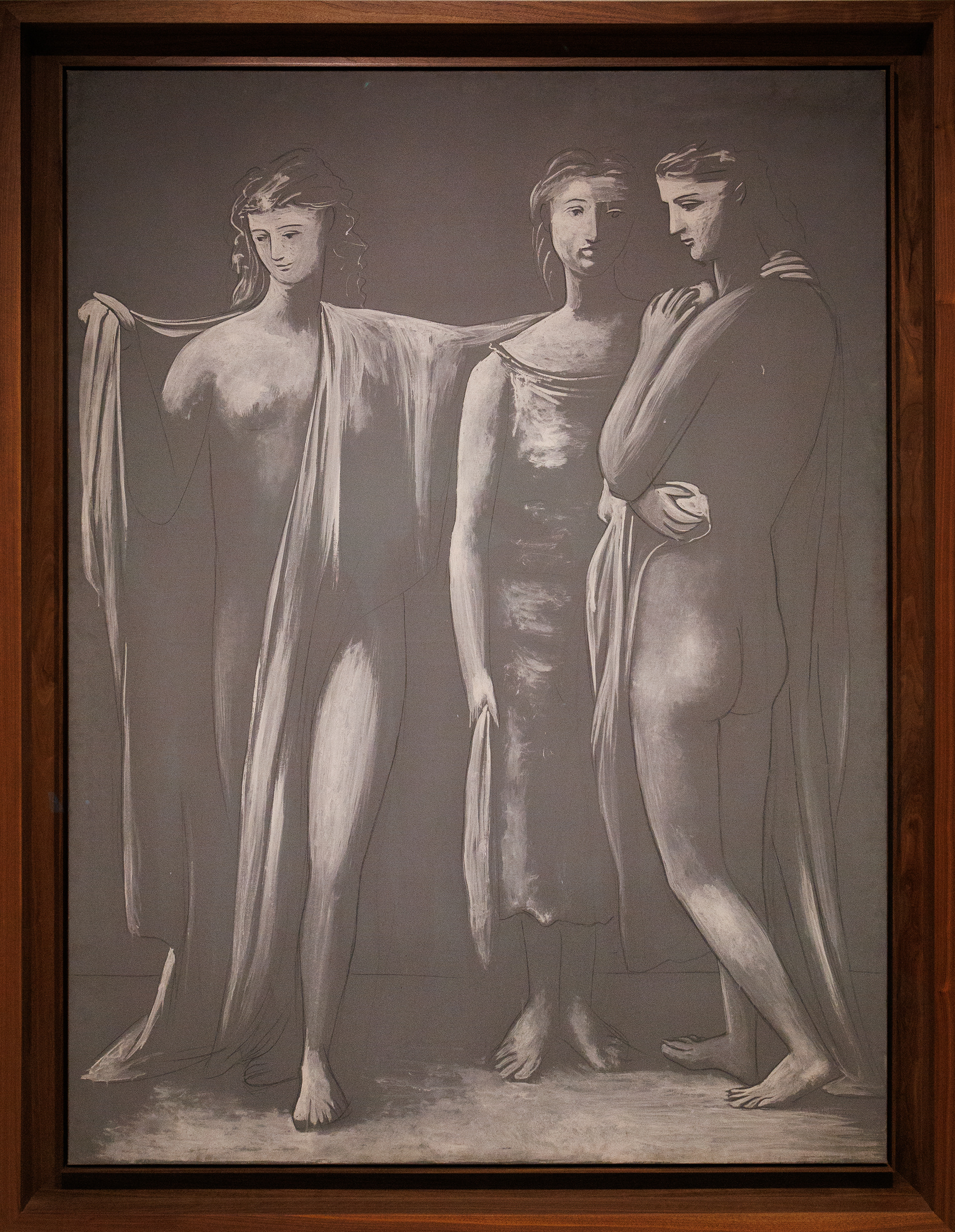
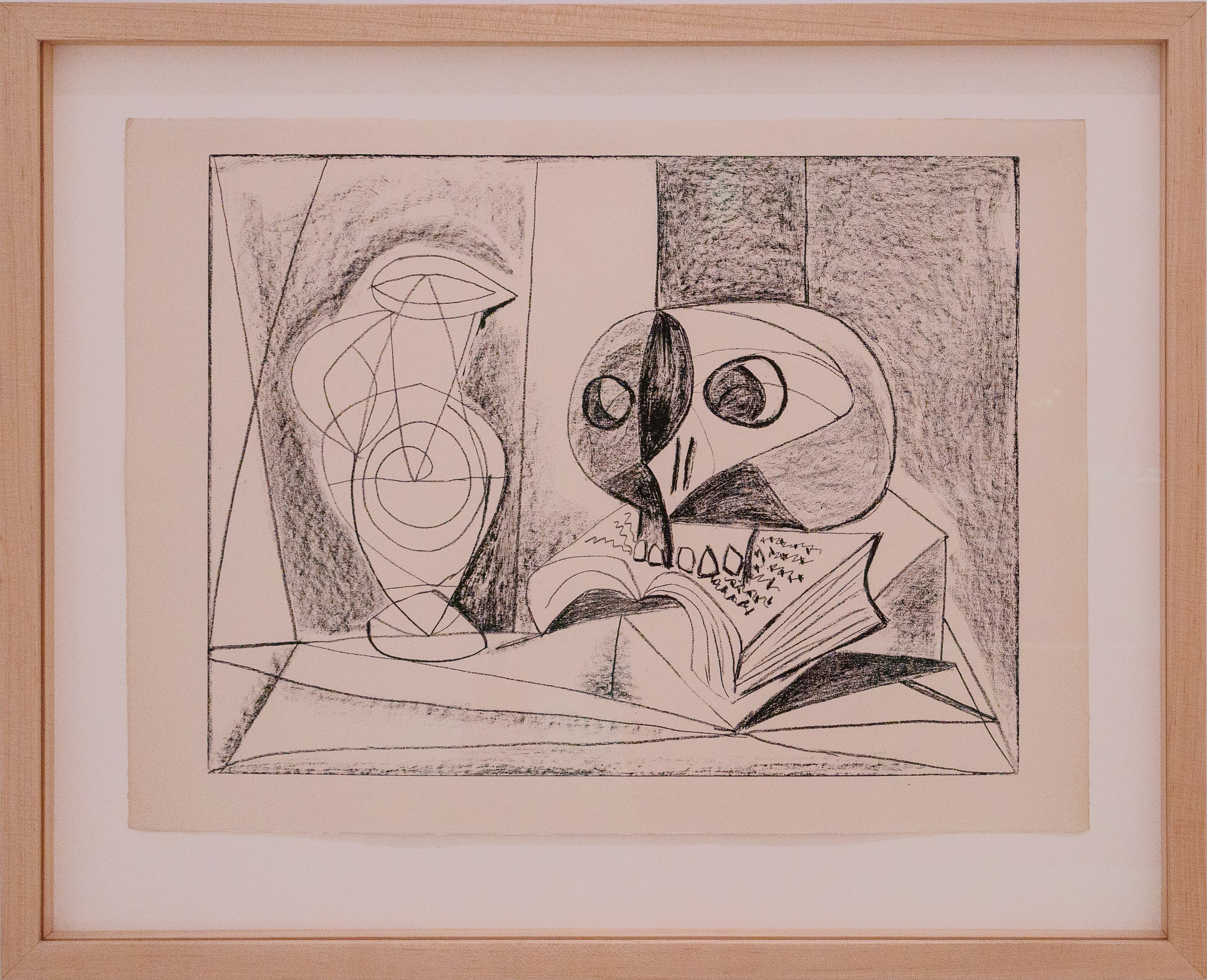
The building itself is a conversion in 2003 of the former Buenavista Palace; the idea of a museum here originated as far back as 1953 and involved the artist himself but failed to materialise at that time.